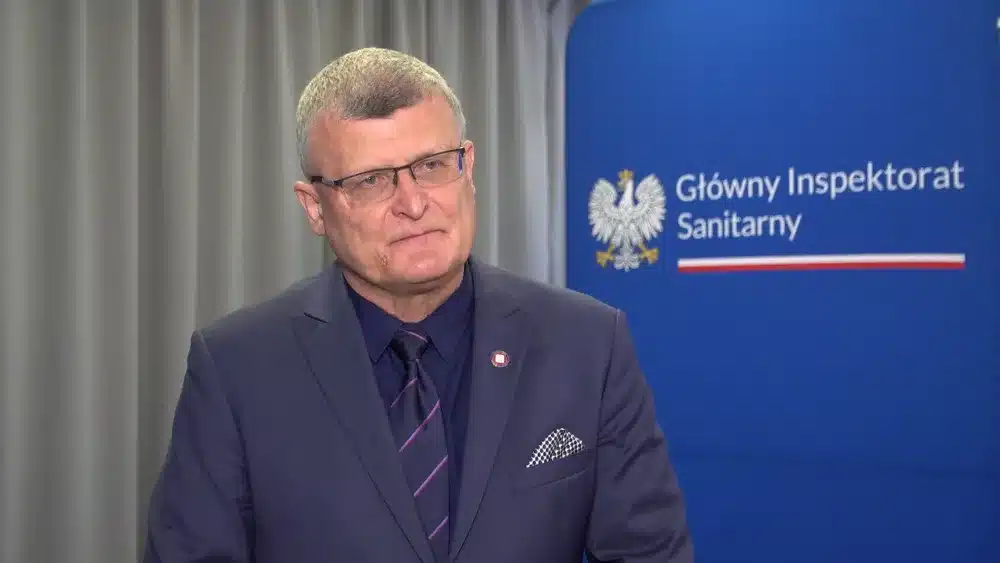The autumn wave of COVID-19 is already very challenging – warns the Chief Sanitary Inspector. According to research on sewage samples, which can detect traces of the SARS-CoV-2 virus, their current quantity is the highest in two years. Specialists believe that the disease is now much milder than during the pandemic times. Patients usually recover at home. However, possible complications should not be overlooked.
Even though COVID-19 infection statistics are not as detailed as during the pandemic times, specialists have tools to determine the current scale of the phenomenon. However, the information coming from the laboratories is not too optimistic.
“We are already in the midst of a COVID-19 wave, and one can say that the autumn is already tough, because we currently have the highest number of infections. If we take into account the traces of the virus in sewage, there are currently most infections in two years,” says Paweł Grzesiowski, a doctor and the Chief Sanitary Inspector.
Doctors have no doubt that the course of the disease is milder. Usually, it is a several-day acute infection, which in most cases can be treated at home. Most people resume their normal activities, although there can be complications and issues, especially among older people or those suffering from chronic diseases.
“COVID-19, like influenza, can cause severe complications in these people and have a severe course. And now the influenza season is starting, so we will unfortunately have two heavy viral infections at the same time. So, the autumn can undoubtedly be tough, especially as temperatures drop, the air gets colder, smog related to heating will add, and if this coincides with diseases, it will make a dangerous mixture for most people after the age of 60 and those with chronic diseases,” notes Paweł Grzesiowski.
For this reason, among others, doctors encourage flu vaccination. The Chief Sanitary Inspector notes that it is a far more accessible procedure than it was five years ago. It is mainly due to the possibility of vaccination in pharmacies and in offices where there is no doctor. Besides this, consulting with a nurse will suffice for healthy adults to have the procedure. There are persons who do not have to worry about the vaccine expense.
“Many groups currently have free influenza vaccines by various methods, whether it’s the so-called drugs for seniors, or for pregnant women who have 100% refund for the vaccine, or for children up to 18 years of age. So, we have many mechanisms that encourage vaccination. But there is a prime barrier, which really worries us, and we wait for its removal, that is the need for a prescription to get a vaccine discount”, says the Chief Sanitary Inspector.
Therefore, many people give up vaccination. This is the only serious barrier, as there is no need to worry about the availability of flu vaccines. They are accessible in both wholesalers and pharmacies.
“The only barrier would be the need for a prescription written by a doctor to get a discount on the vaccine, either within free drugs for seniors, or for children or expectant mothers. Therefore, this is the main barrier. To lift this barrier means, first and foremost, that pharmacists will gain the authority to write subsidized prescriptions, but there may also be other programs where the influenza vaccine is provided for free to everyone who meets the criteria and applies,” says Paweł Grzesiowski, MD.
According to the information published on the website of the Chief Sanitary Inspectorate, flu symptoms usually appear suddenly. Patients with diagnosed flu mainly complain of high fever, chills, muscle and head pain, and feelings of discomfort and weakness. They also report a deterioration in general health.
In addition to the aforementioned generalized symptoms, doctors also focus on respiratory symptoms such as dry cough, sore throat, and minor nasal congestion. According to GIS statistics, the disease subsides spontaneously after three to seven days. Cough, fatigue, and poor well-being may still persist even after two weeks.
